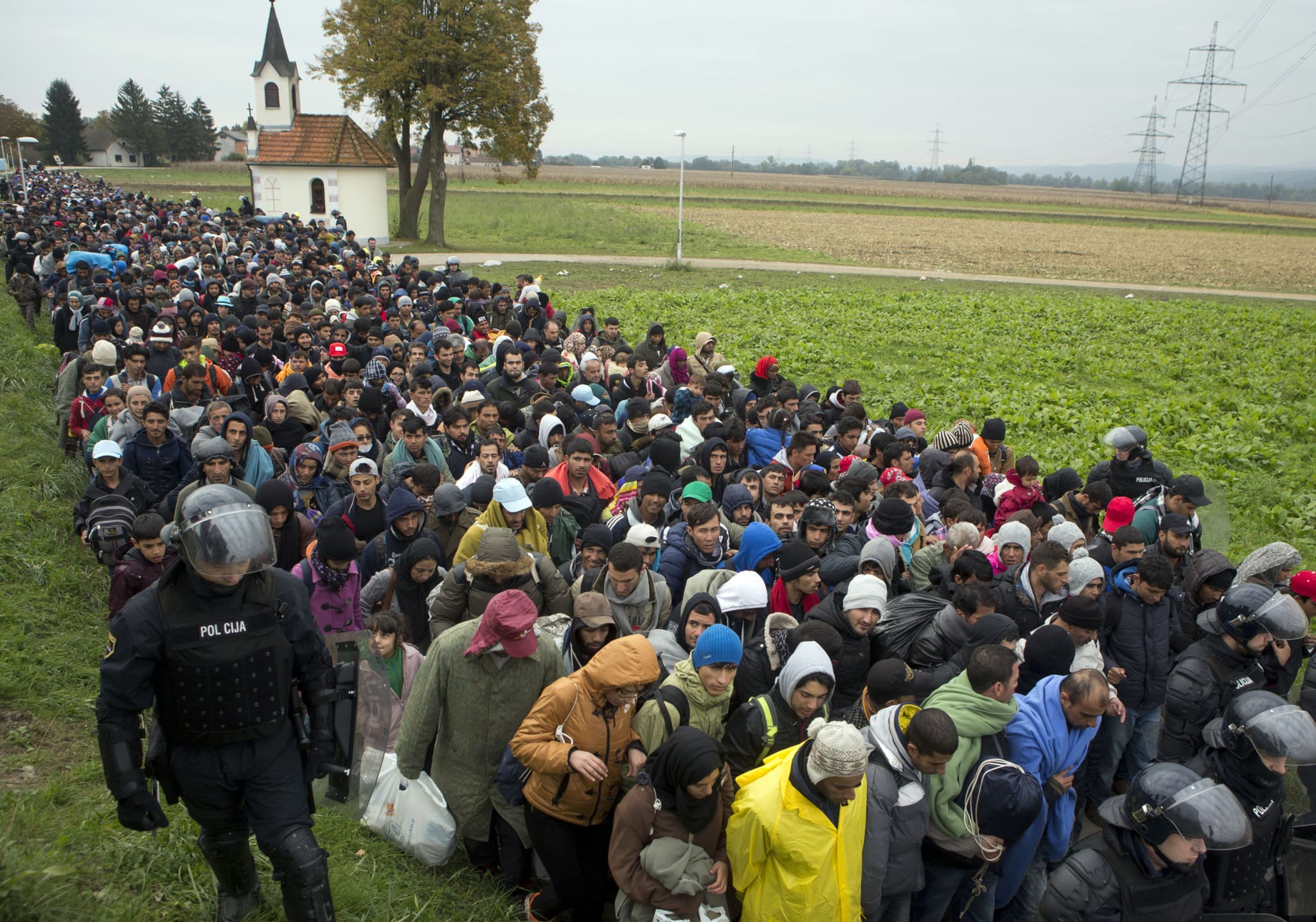Over 1.2 million migrants have arrived in Germany this year, effectively eclipsing the number of migrants who arrived during the height of the crisis in 2015 and 2016, but there are still over 300 German cities, counties and municipalities calling themselves “safe havens” for more migrants.
According to these 314 locations in Germany, they “welcome refugees and are ready to take in more people.” Together, they describe themselves as “a strong voice against the European policy of isolation.”
Berlin is one of the hardest hit cities in terms of Germany’s migrant crisis, but despite being forced to build a new migrant tent city to house the massive numbers, it also says it wants more migrants.
[pp id=54930]
Many across Germany are saying that the country has reached its capacity, and at the state level in September, 12 of 16 federal states said they could no longer accept any more refugees, although some states have since reopened admissions. Nevertheless, there are still many politicians claiming Germany is at breaking point as it reaches record population numbers due to mass immigration, resulting in a crisis for schools, social services, and housing.
According to German newspaper FAZ, the German state of North Rhine-Westphalia, which is the country’s largest state by population, announced that “more and more municipalities are currently reaching a point where they can only accommodate newly arriving people in emergency places.”
Meanwhile, one of the country’s most pro-migrant cities, Hamburg, had its interior authority announce that more than 99 percent of the places in the Hanseatic city were occupied. As a result, it was housing people in halls and tents.
[pp id=54937]
In other cities and towns, sporting halls and gymnasiums are being turned into migrant shelters, and for children who already suffered from a lack of sports during the Covid-19 crisis, a lack of exercise and social activities is once again on the cards.
Polling shows that the majority of Germans are “very worried” that too many migrants are being accepted into the country. Interestingly, if the 314 cities and towns on the list are added up, they account for most of the population centers in Germany, and nearly every major city is represented. In other words, the pledges to accept more migrants are in sharp contrast to the wishes of the German public regarding immigration. According to German newspaper Junge Freiheit, listed as “safe havens” that commit to more migrants are Freiburg, Berlin, Heidelberg, Mannheim, Rottenburg, Ulm, Stuttgart, Rostock, Tübingen, Munich, Potsdam, Bremen, Hamburg, Cottbus, Kassel, Dresden, Leipzig, Hannover, Osnabrück, and Göttingen.
Nevertheless, these cities refuse to remove themselves as ‘safe havens’ and argue they want to take in even more people. As a part of their “safe haven” pledge, they are registered with the migrant lobby “Seebrücke,” which means “sea bridge” in English, and refers to efforts to bring illegal immigrants across the Mediterranean through “sponsorships, financial support or participation in rescue missions.”
While most of the migrants have come from Ukraine due to the war, the numbers from Syria, Afghanistan, Iraq, and Turkey, are also rising, with 181,612 migrants from non-European countries already applying for asylum by October, which is 20 percent more than in the same period last year. In the case of initial asylum applications, the numbers are even higher.






